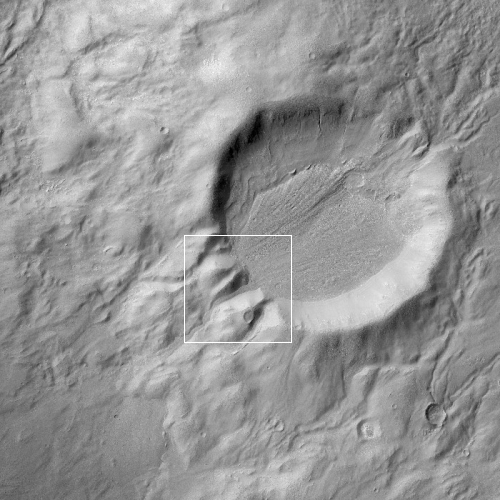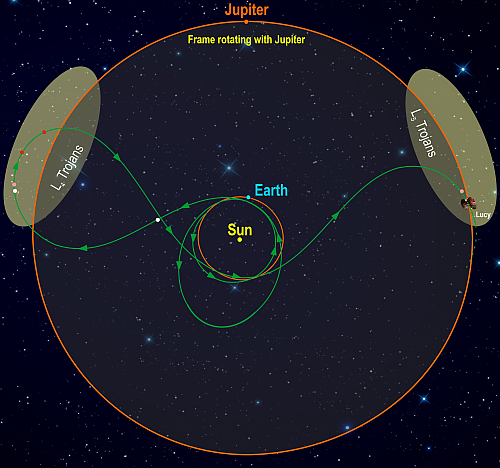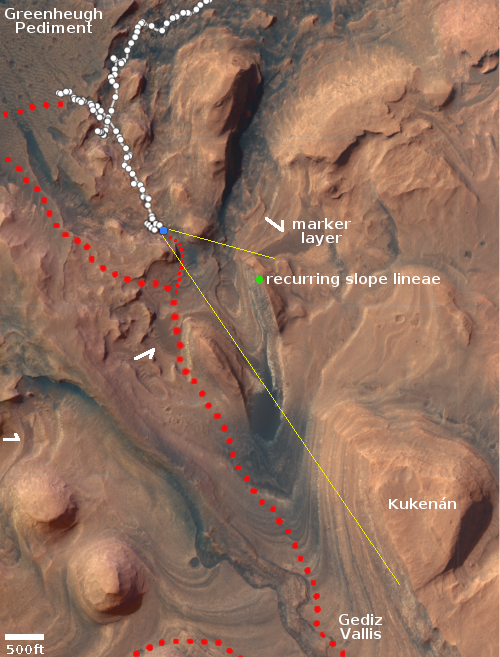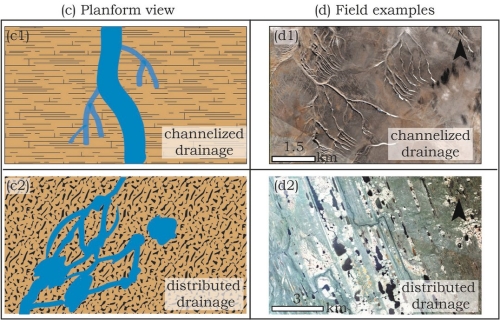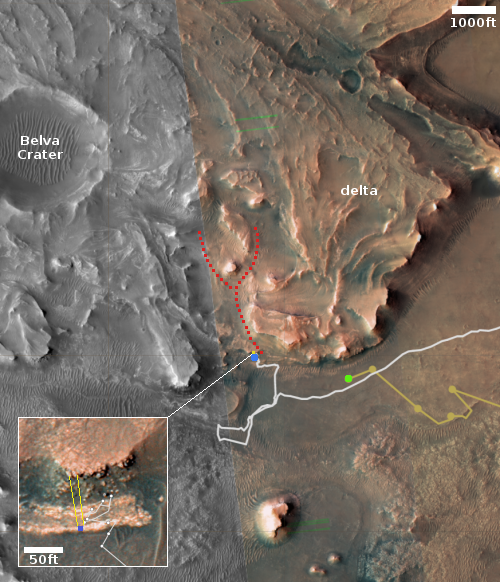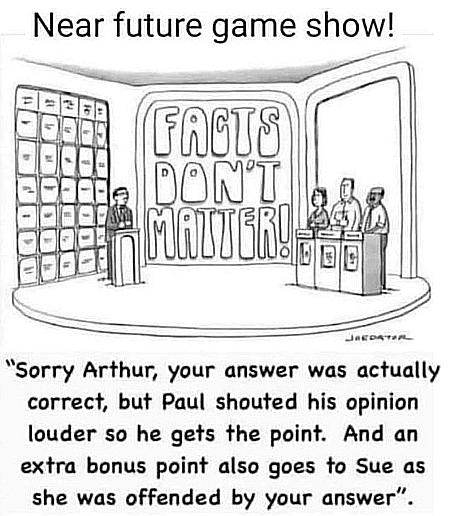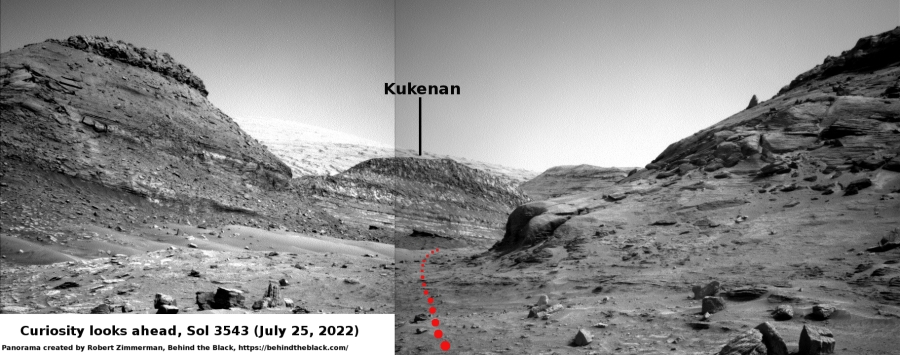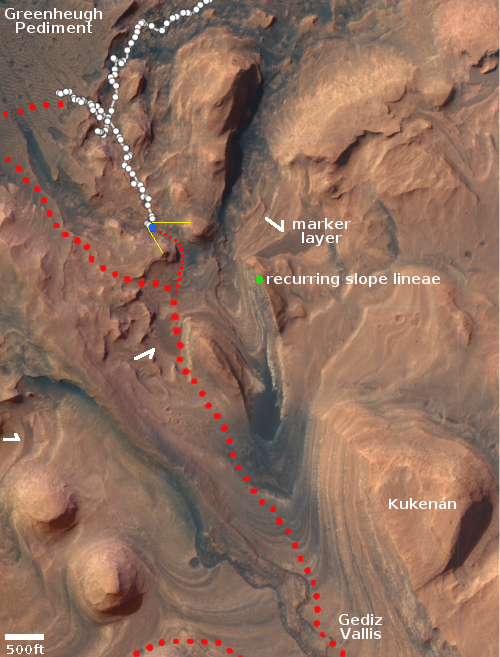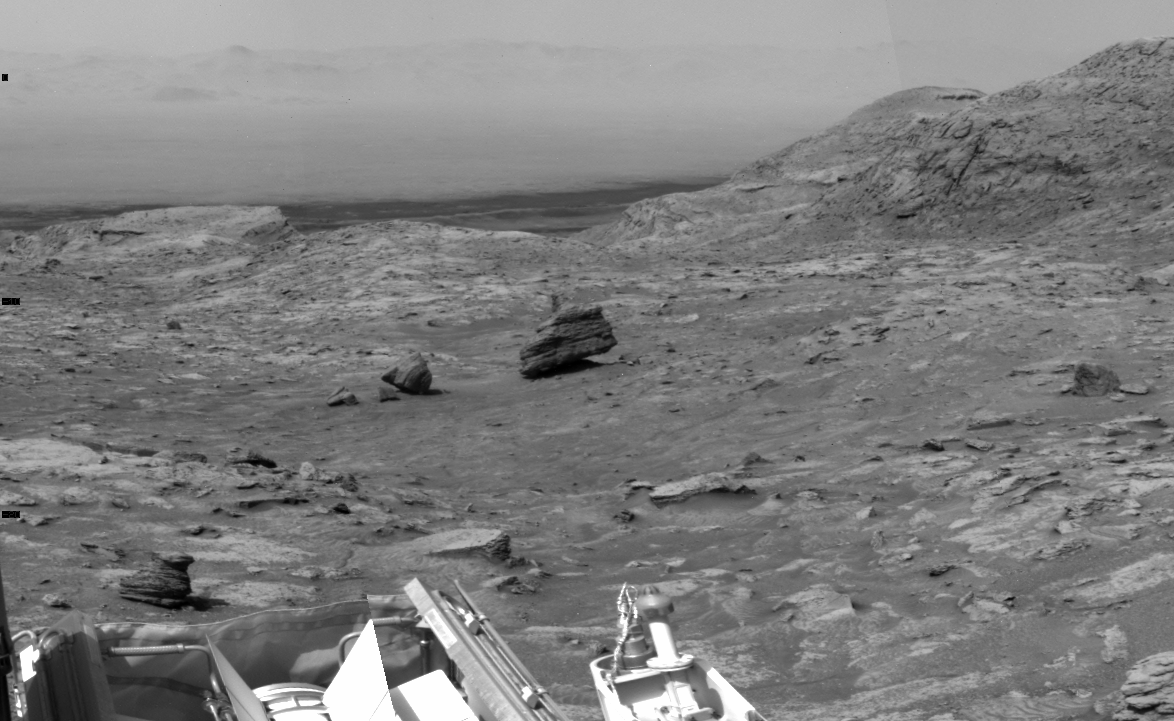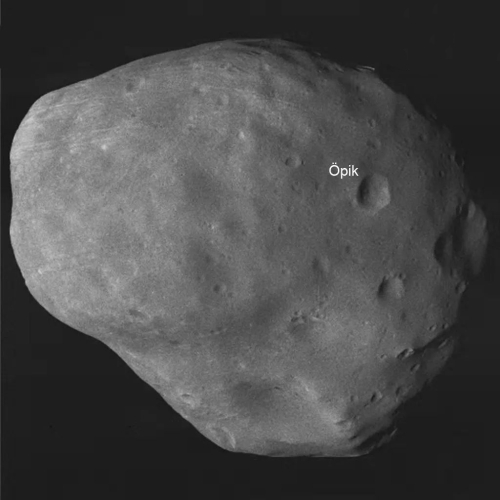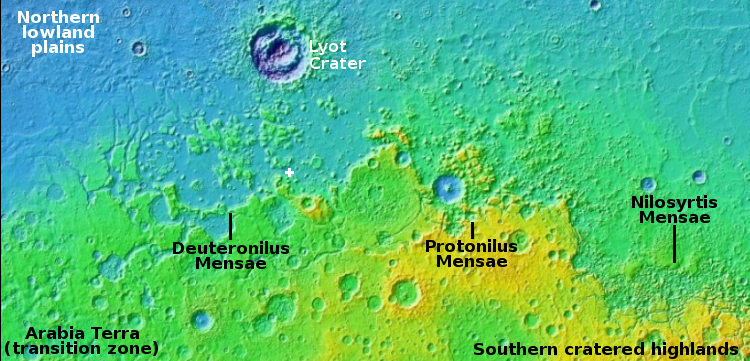SpaceX launches South Korea’s Danuri lunar orbiter
SpaceX today successfully launched South Korea’s Danuri lunar orbiter, also called the Korea Pathfinder Lunar Orbiter.
The first stage completed its sixth flight, landing on a drone ship in the Atlantic. The fairings completed their fourth flight.
Danuri is now on its way to the Moon, with a planned arrival in lunar orbit on December 16, 2022. It carries six instruments, one of which was developed by NASA. The spacecraft, while designed to study the Moon, is primarily a technology test mission laying the groundwork for more sophisticated interplanetary South Korean missions. More information about the mission can be found here.
The leaders in the 2022 launch race:
34 SpaceX
28 China
10 Russia
6 Rocket Lab
5 ULA
The U.S. now leads China 49 to 28 in the national rankings, and the entire world combined 49 to 45. With this launch American private enterprise has now surpassed the entire launch total for all of 2021, and has the most launches for the U.S. since 1967, when it completed successfully 57 launches.
SpaceX today successfully launched South Korea’s Danuri lunar orbiter, also called the Korea Pathfinder Lunar Orbiter.
The first stage completed its sixth flight, landing on a drone ship in the Atlantic. The fairings completed their fourth flight.
Danuri is now on its way to the Moon, with a planned arrival in lunar orbit on December 16, 2022. It carries six instruments, one of which was developed by NASA. The spacecraft, while designed to study the Moon, is primarily a technology test mission laying the groundwork for more sophisticated interplanetary South Korean missions. More information about the mission can be found here.
The leaders in the 2022 launch race:
34 SpaceX
28 China
10 Russia
6 Rocket Lab
5 ULA
The U.S. now leads China 49 to 28 in the national rankings, and the entire world combined 49 to 45. With this launch American private enterprise has now surpassed the entire launch total for all of 2021, and has the most launches for the U.S. since 1967, when it completed successfully 57 launches.

